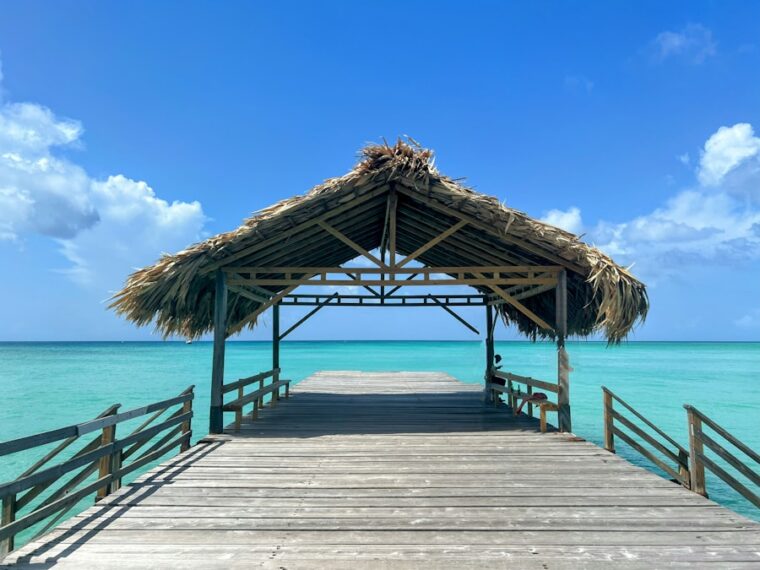The British Indian Ocean Territory (BIOT) is a remote archipelago located in the Indian Ocean. It is made up of 55 islands, with the largest and most well-known being Diego Garcia. The territory is a British Overseas Territory and is home to a small population of military personnel and support staff. The islands are known for their stunning natural beauty, pristine beaches, and diverse marine life. The territory has a rich history, with its indigenous Chagossian population being forcibly removed in the 1960s to make way for a US military base. Today, the BIOT is a popular destination for eco-tourism and offers visitors the chance to experience a truly untouched and unspoiled paradise.
The British Indian Ocean Territory is not a typical tourist destination, as it is primarily a military base. However, the islands are open to visitors who obtain prior permission from the BIOT Administration. The territory is not easily accessible, with no commercial flights or regular ferry services. Visitors must arrange their own transportation to the islands, which can be done through private charter flights or by joining organized tours. Despite the logistical challenges, those who make the effort to visit the BIOT are rewarded with a unique and unforgettable experience in one of the world’s last remaining pristine environments.
Getting to the British Indian Ocean Territory
Getting to the British Indian Ocean Territory is not as straightforward as traveling to more popular tourist destinations. There are no commercial flights or regular ferry services to the islands, so visitors must make their own arrangements for transportation. The most common way to reach the BIOT is by chartering a private flight from nearby countries such as the Maldives or Seychelles. There are also a limited number of organized tours that include transportation to the islands as part of their package. Once on the islands, visitors can get around by boat or on foot, as there are no cars or public transportation available.
Another option for reaching the BIOT is by joining a research expedition or conservation project that operates in the area. These organizations often have their own transportation arrangements and can provide visitors with a unique opportunity to explore the islands while contributing to important scientific research or conservation efforts. Regardless of how visitors choose to get to the British Indian Ocean Territory, it is important to plan ahead and obtain all necessary permits and permissions from the BIOT Administration before traveling to the islands.
Top Attractions in the British Indian Ocean Territory
The British Indian Ocean Territory is home to some of the most stunning natural attractions in the world. One of the top attractions is Diego Garcia, the largest island in the archipelago and home to a US military base. Despite its military presence, Diego Garcia boasts beautiful beaches, crystal-clear waters, and diverse marine life. Visitors can enjoy snorkeling, diving, and fishing in the surrounding waters, or simply relax on the pristine white sand beaches.
Another must-see attraction in the BIOT is the Chagos Archipelago, which is made up of several smaller islands and atolls. These remote and uninhabited islands offer visitors the chance to experience true solitude and tranquility in a pristine natural environment. The Chagos Archipelago is also home to a variety of rare and endangered species, making it a paradise for nature lovers and wildlife enthusiasts.
Outdoor Activities in the British Indian Ocean Territory
The British Indian Ocean Territory offers a wide range of outdoor activities for visitors to enjoy. One of the most popular activities is snorkeling and diving in the crystal-clear waters that surround the islands. The BIOT is home to some of the most diverse and vibrant coral reefs in the world, teeming with colorful fish, sea turtles, and other marine life. Visitors can explore these underwater wonders with guided snorkeling or diving tours, or simply grab a mask and fins and head out on their own.
Fishing is another popular outdoor activity in the BIOT, with opportunities for both deep-sea and fly fishing. The waters around the islands are home to a variety of game fish, including tuna, marlin, and wahoo. Visitors can charter a boat and head out into the open ocean for a day of fishing, or try their luck from shore at one of the many fishing spots around the islands.
Wildlife and Marine Life in the British Indian Ocean Territory
The British Indian Ocean Territory is home to an incredible diversity of wildlife and marine life. The islands are a haven for rare and endangered species, including sea turtles, seabirds, and giant coconut crabs. The surrounding waters are teeming with marine life, including colorful coral reefs, tropical fish, sharks, and dolphins.
One of the most iconic species found in the BIOT is the green sea turtle, which comes ashore to nest on the islands’ beaches. Visitors can witness this incredible natural phenomenon during nesting season, which typically occurs between May and October. The BIOT also provides important nesting habitat for several species of seabirds, including red-footed boobies, sooty terns, and frigatebirds.
Cultural Experiences in the British Indian Ocean Territory
The British Indian Ocean Territory has a rich cultural history that is deeply intertwined with its natural environment. The islands were originally inhabited by the Chagossian people, who lived a traditional way of life based on fishing and coconut harvesting. However, in the 1960s, the entire population was forcibly removed from their homeland to make way for a US military base on Diego Garcia.
Despite this tragic history, efforts are being made to preserve and celebrate Chagossian culture in the BIOT. Visitors have the opportunity to learn about traditional Chagossian customs and practices through cultural tours and events organized by local community groups. These experiences provide a unique insight into the rich cultural heritage of the islands and offer visitors a chance to connect with the resilient Chagossian people.
Practical Tips for Traveling to the British Indian Ocean Territory
Traveling to the British Indian Ocean Territory requires careful planning and preparation due to its remote location and limited infrastructure. Visitors should obtain all necessary permits and permissions from the BIOT Administration before traveling to the islands. It is also important to arrange transportation in advance, whether through private charter flights or organized tours.
Due to its military presence, visitors should be aware of restrictions on certain areas of the islands and follow all rules and regulations set forth by the BIOT Administration. Additionally, it is important to respect the natural environment and wildlife of the BIOT by practicing responsible tourism and following Leave No Trace principles.
In terms of accommodations, there are limited options for lodging on the islands, with most visitors staying in guesthouses or small hotels operated by local residents. It is recommended to book accommodations well in advance, especially during peak tourist seasons.
Overall, visiting the British Indian Ocean Territory offers a once-in-a-lifetime opportunity to experience one of the world’s last remaining pristine environments. With careful planning and respect for the natural and cultural heritage of the islands, visitors can enjoy an unforgettable journey to this remote and untouched paradise in the Indian Ocean.


